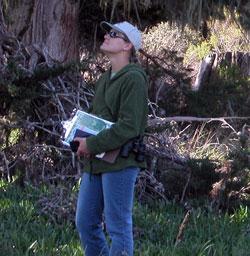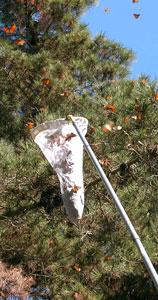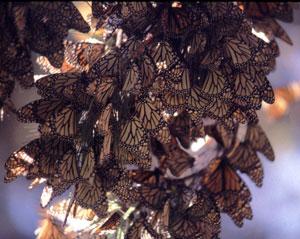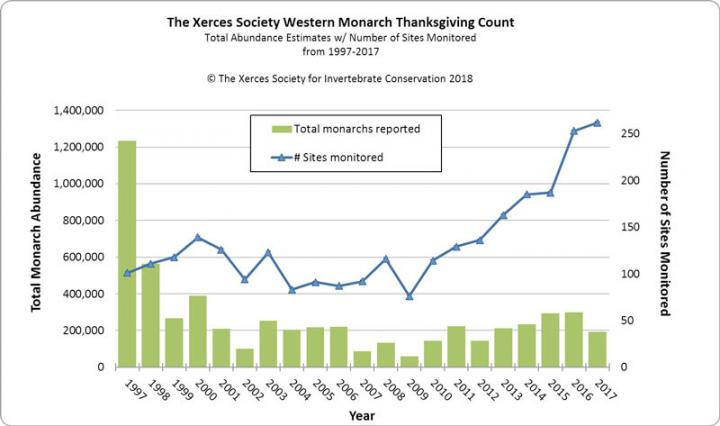Each year, monarchs congregate in colonies along the California coasts. Although not as well-known as the colonies in Mexico, the overwintering grounds of the western population are also critical for their survival and monitored each year by volunteers for the Xerces Society. The "Thanksgiving" Counts are performed each year in the fall after monarchs have returned from their breeding grounds. Although 450 sites have been documented as having supported monarchs at some time, under 300 sites are regularly counted. The main colonies are monitored every fall and other colonies less frequently. This program keeps track of the overwinter populations. Formerly known as the Thanksgiving Monarch Counts, this program has expanded to include New Years counts and is now part of the Western Monarch Count Resource Center.
Western Monarch Counts
Snapshot
Coordinator:
Program Started: 1997
Institutional Affiliation: The Xerces Society
Institution Type: NGO
Data Availability: Much of the data are available online. Contact Candace Fallon for more complete data availability.
Species Focus: Monarchs
Contact: (wmtc@xerces.org)

Protocol
Protocol Type: Restricted search, Plot
Data Type(s): Abundance
Survey Focus: Adults, Roosts
Incidental Data Collected: Weather, Behavior, Host / nectar plants, Habitat notes
Visit Frequency: Annually
Effort Tracking: Time spent counting is recorded.
Protocol Notes: The counting procedure for this project is generally straightforward. Volunteers visit colonies near them during the early morning while monarchs are non-mobile. They can use binoculars to view clusters and estimate the number of monarchs per cluster, then extrapolate that to the remainder of the colony to derive an estimate of colony size.
Program Results
Publications:
 ,
,  ,
, 

